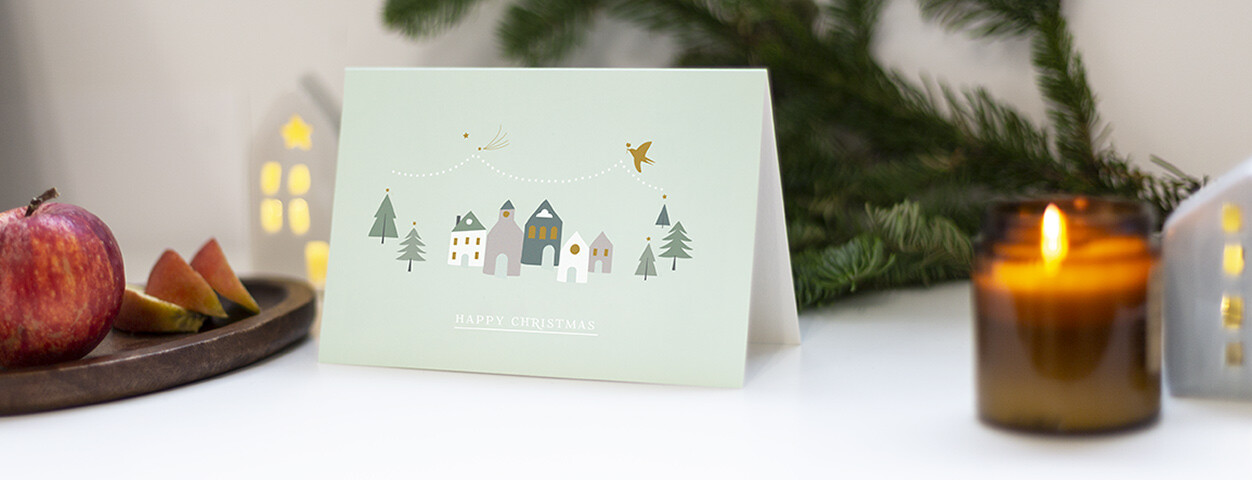History of Christmas cards
Sending season’s greetings cards to family and friends has become an annual occurrence and a key part of Christmas tradition in many households all over the world. It is a time to let all your loved ones know that your thoughts are with them during the holiday season. Nowadays, it is even possible to update everyone on any family news in picture format, creating photo Christmas cards that feature shots of the whole brood including any new additions! Yet it is only thanks to advancements in printing and postage that the tradition of sending Christmas cards was even made possible. This brief history of Christmas cards will give you an understanding of the meaning behind the custom to help you choose the right design and message of season’s greetings to send to your loved ones this winter.
Christmas cards: a Victorian innovation
The origin of Christmas cards is commonly agreed upon and takes us back to Victorian Britain. Until the early 1840s, letters were delivered by horse and carriage, so use of the postal service was a privilege reserved for the wealthy. It was only when more railways were built that it became possible to deliver mail by train, meaning the postal service could transport more letters and parcels more quickly. The introduction of the Penny Post (where the cost of a stamp was only a penny) suddenly made it possible for ordinary people to access and enjoy the service. As a way of promoting the Penny Post, Sir Henry Cole (a government worker) commissioned an artist to design a Christmas card and printed 1000 copies for general sale. And thus, a Christmas custom was born!
Christmas card design evolution: from Dickensian drawings to scenes of snow
Similar to today’s greetings, the message on the first Christmas card read ‘A Merry Christmas and a Happy New Year to you’. Even though the messages haven’t changed much, early Christmas card designs were not quite what we are used to. Scenes depicting a family enjoying a delicious festive feast were framed by sketches of those less fortunate, perhaps inspired by Charles Dickens’ ‘A Christmas Carol’ as a reminder of the spirit of Christmas. Being a religious festival, Christmas cards soon began to show nativity scenes, and by the late Victorian times, robins and snow-scenes were popular too. Postcard Christmas cards were the predominant format, which has come back into fashion since they use less paper so are better for the environment!
Christmas card traditions today
This history of Christmas cards leads us to the modern-day, where around a billion Christmas cards are sent every year in the UK alone. As a change from sending packs of shop-bought cards, people are turning to personalised Christmas cards to surprise their loved ones. The European tradition of sending New Year cards has also become popular, as a unique way of wishing friends and family a happy and healthy twelve months. If you would like to know more about creating your very own original Christmas cards, explore our guide on how to personalise your Christmas cards or get in touch with our customer service team.
